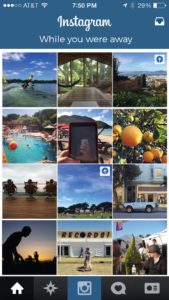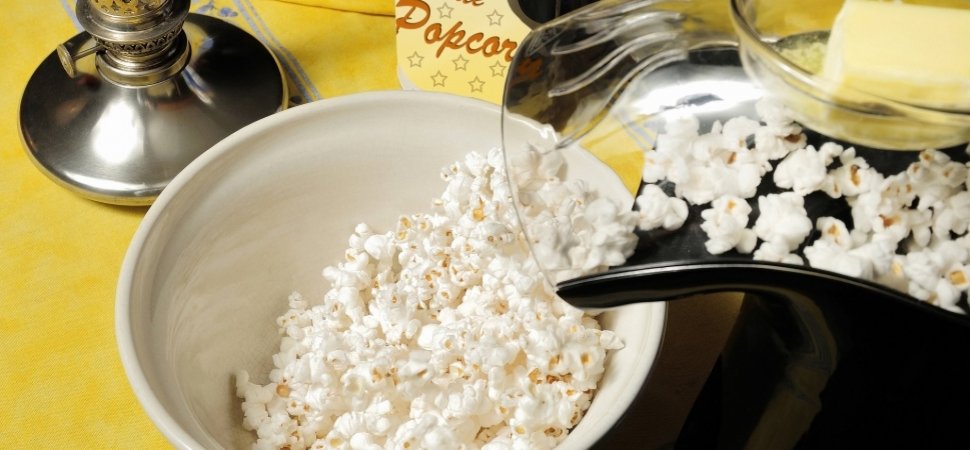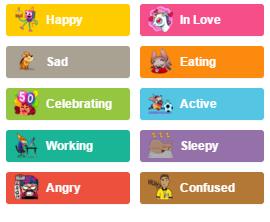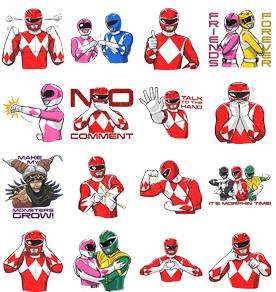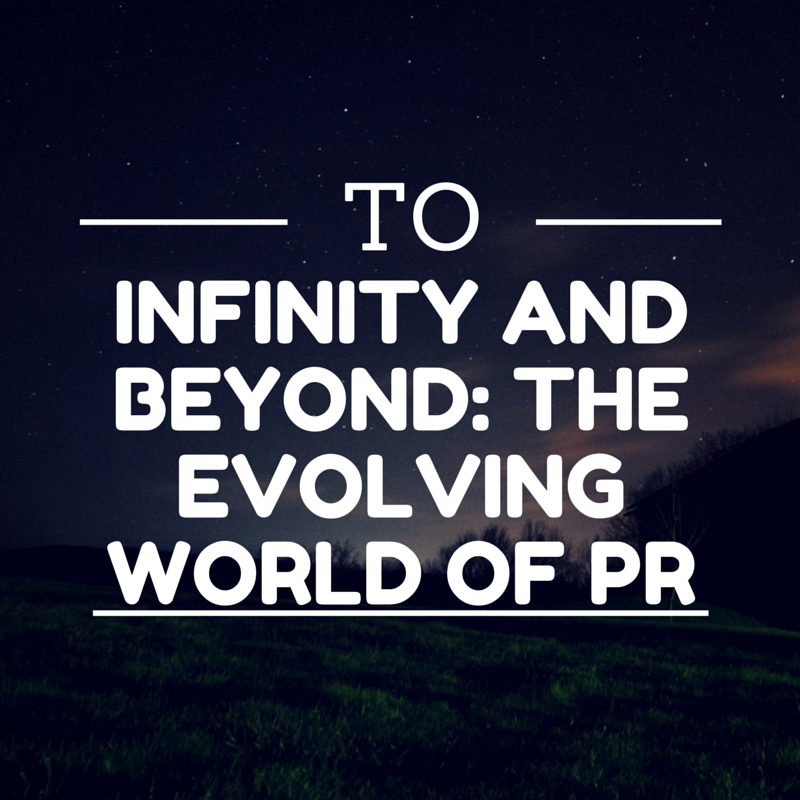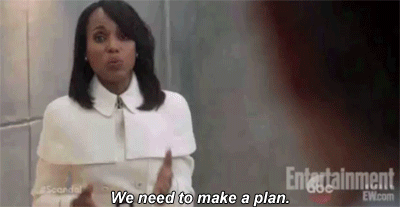A brave new world – Instagram without likes | What your brand can do to stand out
What’s the metric you look for first when checking back in on an Instagram post? We hate to say it. But we all do it. It’s ‘Likes’, right?
How many Likes did your competitor get? How quickly? How many more (or less) Likes are being dished out to other accounts? And how many to yours? Social Media Managers, business owners, and brands alike — we all use this as a key metric for tracking post-performance.
According to CNN, In an attempt to stamp down on competitive pressure on the platform, Instagram will hide likes for “some” users in the United States starting next week, its CEO Adam Mosseri said Friday. It’s a test that the Facebook- (FB)owned platform has already rolled out to seven countries: Canada, Ireland, Italy, Japan, Brazil, Australia and New Zealand.
You, as the post creator, can still view how many people have Liked your post by tapping on a ‘Likers’ menu. But the public? Nada.
Will Likes Still Affect the Algorithm?
Yes, essentially Likes are still affecting the algorithm. But in a more back-end way.No longer will Instagrammers feel embarrassed, pressured or (hopefully) pushed to delete posts based on their Like performance.
But what would hiding Instagram Likes mean for businesses, brands, and Social Media Managers? What would a world without Instagram Like look like and how would you even #deal if this function is rolled out in your country?
#1 Genuine Interactions Will be Everything
Whether you’re genuinely commenting on the posts of other accounts to build a connection or alignment with their brand, visible comments will reign supreme. The new value will be placed on followers and comments.
#2 More Effort to Be Discoverable? You Betcha!
Praying that your ideal audience member will stumble upon your Like passed to another account could be the way of the past.
This means that commenting on posts, interacting with hashtags, reposting Stories and published posts will all be ways to connect complementary audiences with your brand. Or at least get in front of them.
Hope marketing (AKA random efforts on socials hoping they’ll work) is a thing of the past. Now that we know hiding Instagram Likes is a reality, it’s never been more important to make use of key engagement tactics.
Replying to Stories, hashtagging Stories, adding hashtags to posts, encouraging others to share your content and ensuring your Instagram Strategy is totally banging means a whole lot more now.
#3 Influencer Marketing Changes
Does your brand use Influencer Marketing? Do your clients? How do you measure the success of an Influencer Campaign and what’s the bigger picture? Of course, Likes were never an indicator of product sales, conversions or shared followings. But they kind of gave some type of marker, right?
Without Likes, the Influencer game does change quite drastically. For brands and for Influencers. As well, the same advice goes to both: To build audiences outside of Instagram. To treat Instagram as a part of the marketing ecosystem, and not as the entire marketing sphere.
We see a shift towards long-term partnerships between brands and influencers. This way Influencers will essentially act as ambassadors, won’t be restricted to single posts and perhaps may even choose brands they work with more carefully.
#4 A Larger Focus on Instagram Stories
Take away Likes and does Instagram emphasize authentic content sharing? Rather than the picture-perfect presentation of Instagram grids, we’re seeing many brave account sharing raw content of themselves, their products and their ‘vibe.’
More than ever, Stories (with over 500 million daily active users) will provide a platform for authentic brand and self-expression. And perhaps lessen the pressures to post perfect content all the time. Because Likes shouldn’t affect your self-worth and beliefs about success. So let your brand shine in its brightest, most authentic light on Stories, in posts, and across Highlights.
If you want more information on how you can leverage Instagram in your marketing for 2020 and beyond reach out to us here at GreenRoom! Contact us today at [email protected]

